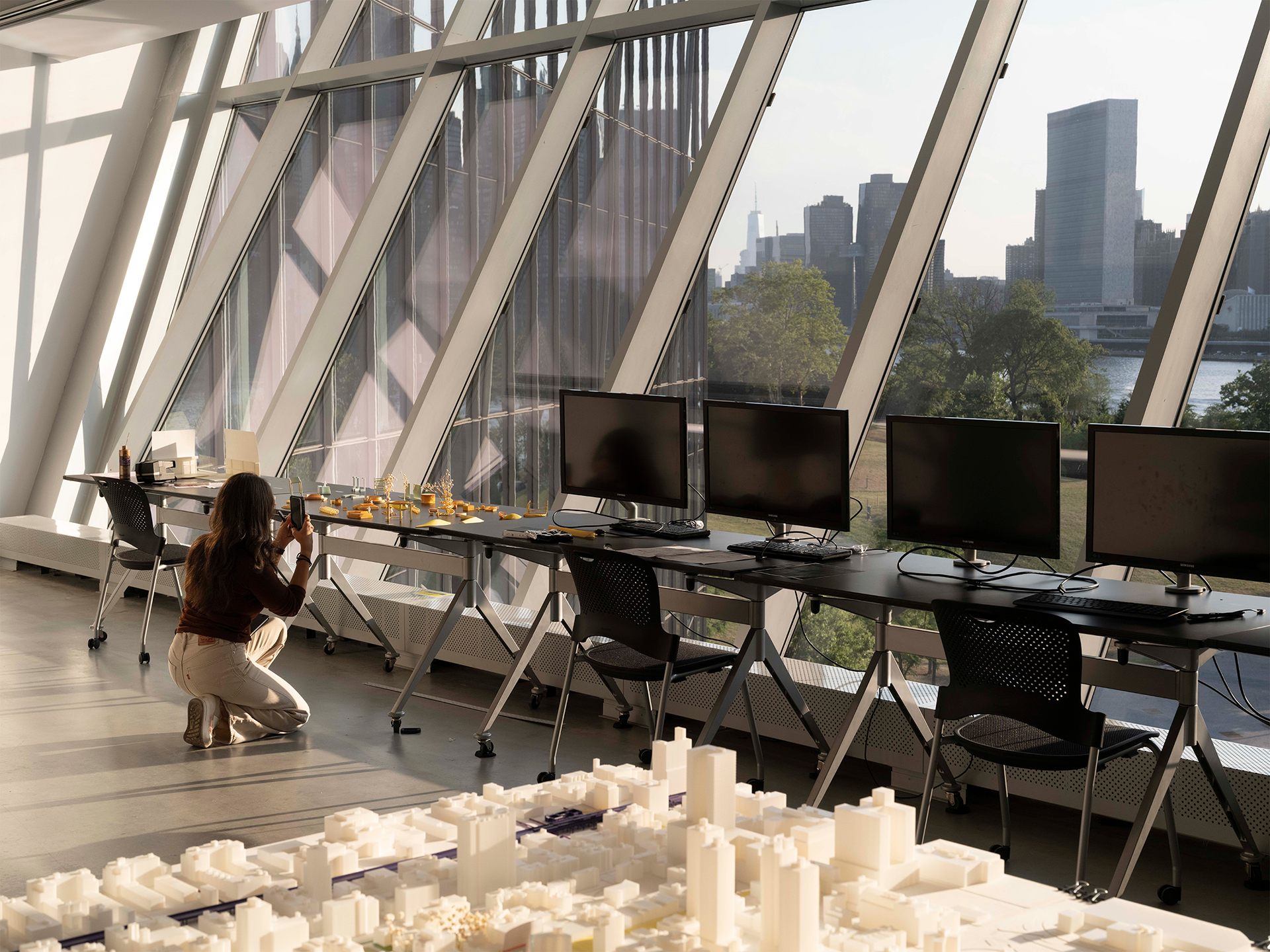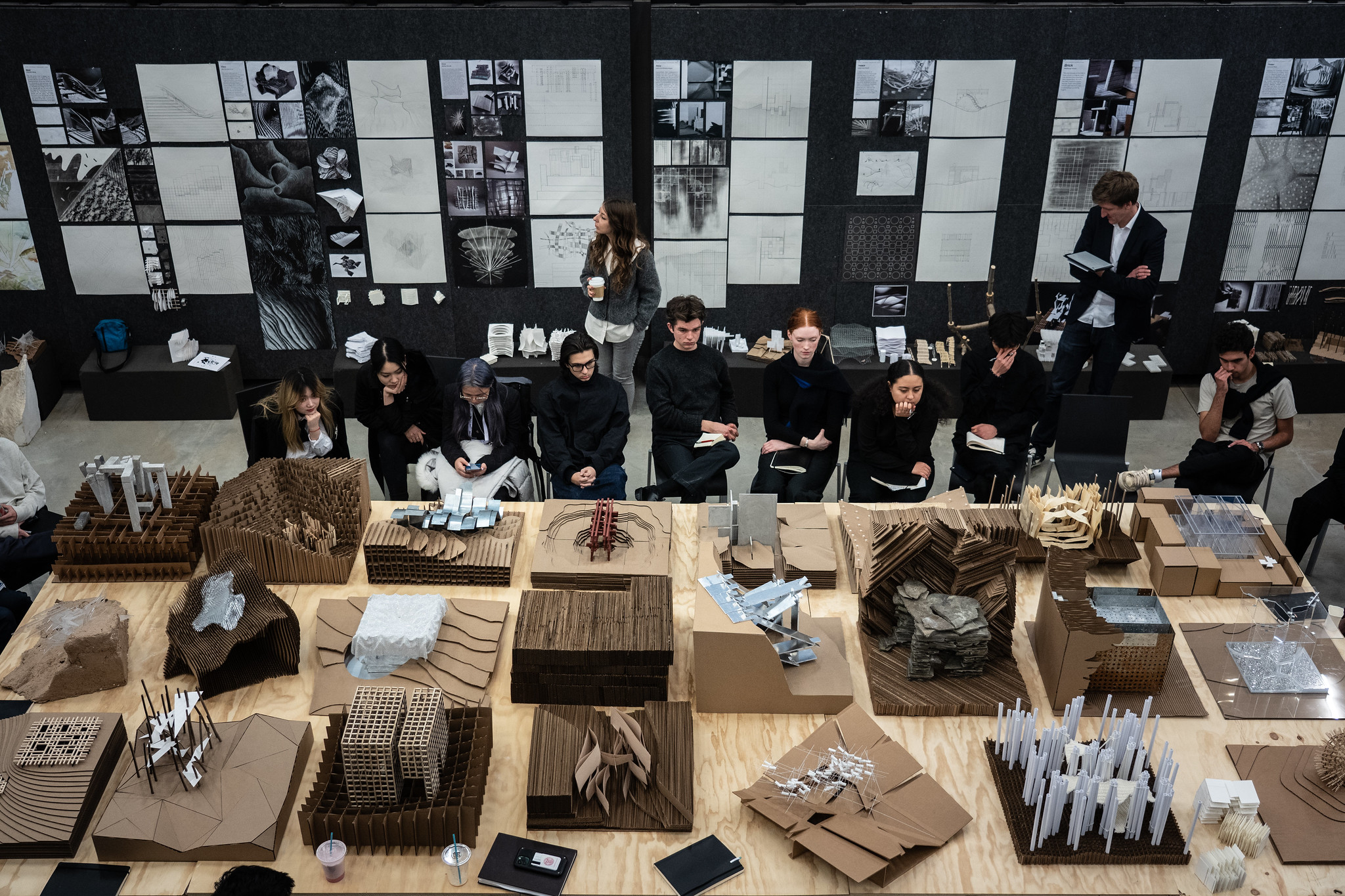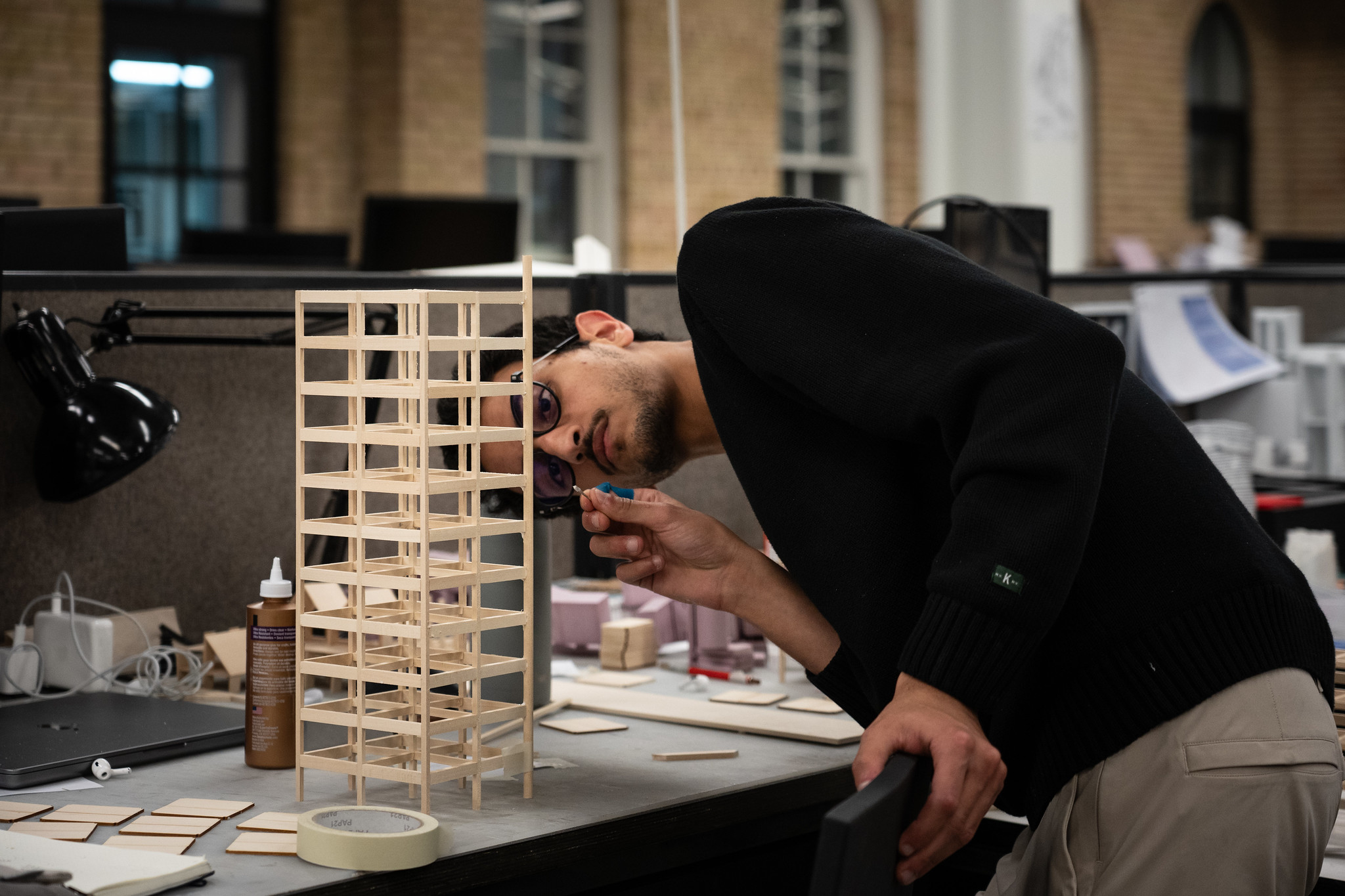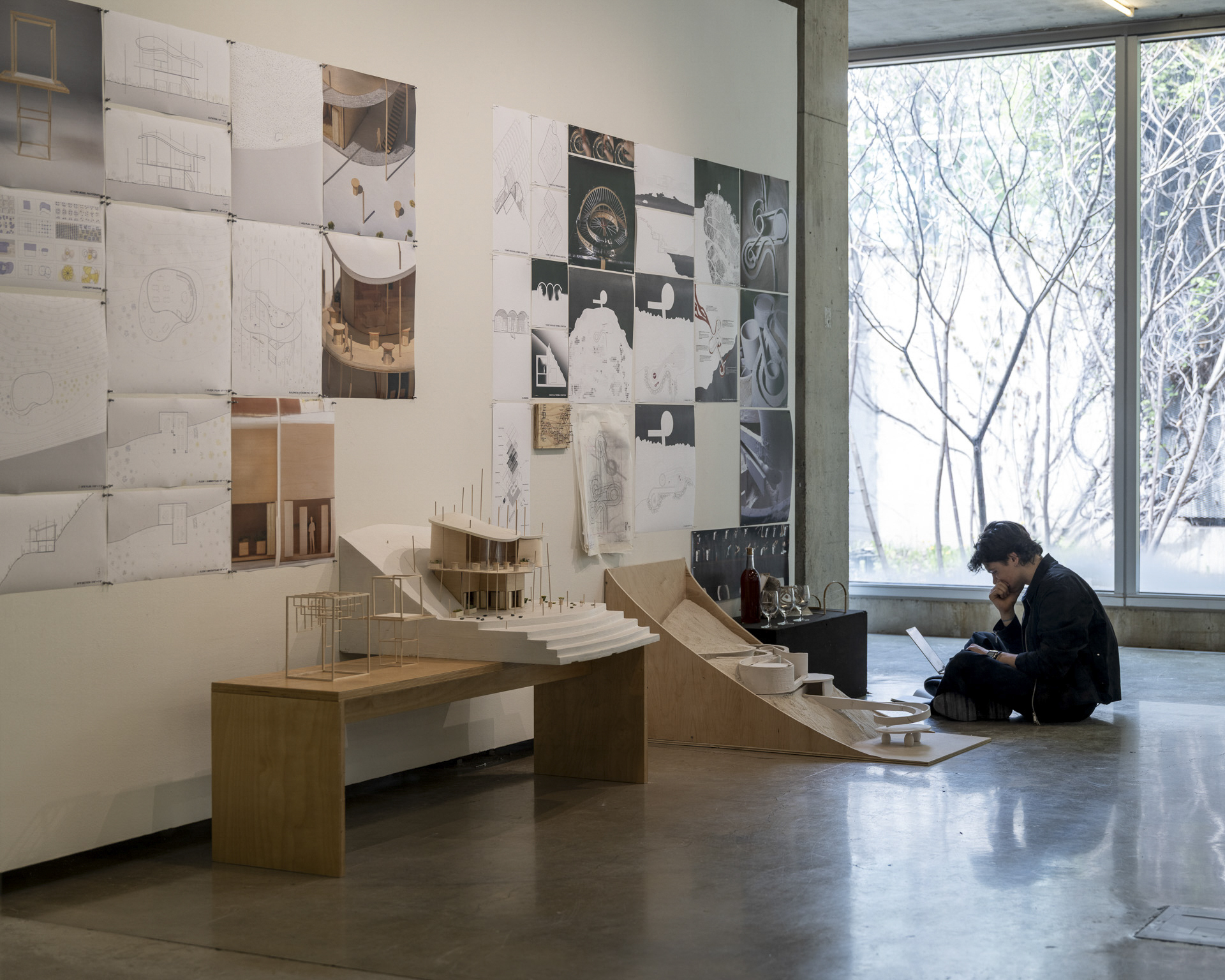For undergraduates, AAP’s Department of Architecture offers a five-year professional program leading to a bachelor of architecture (B.Arch.) degree.
Consistently ranked one of the top programs in the country, the bachelor of architecture program is accredited by NAAB and is designated as a STEM program making international graduates eligible to extend their F-1 visas for up to three years in order to work in the United States.
Degree Details
The B.Arch. program combines the intensity and rigor of a five-year professional education with access to the resources of a renowned research university. Architecture department faculty have developed a comprehensive curriculum that emphasizes design, as well as theory, history, technology, representation, and structures. Basic conceptual skills are conveyed early, along with an introduction to fundamental skills. Students learn to communicate ideas through models and drawings, working fluidly between all modes of both analog and digital representation. All students spend their first three years following a core curriculum designed to lay a strong foundation for architectural education and beyond. During the final four semesters, students are encouraged to work across disciplines, focusing on an intellectually rigorous and speculative course of study. Concentrations in architecture are offered in Architecture, Culture, and Society; Architectural Science and Technology; History of Architecture; Theory of Architecture; and Visual Representation in Architecture.
Although most classes are directly concerned with architecture, students will take about one-quarter of their courses in other colleges at Cornell and in other departments in AAP. B.Arch. students have the opportunity to spend one semester of their studies at Cornell in Rome and the Gensler Family AAP NYC Center in New York.
Curriculum
Study Away
During their course of study, B.Arch. students have the opportunity to study away for a semester in Rome and New York City. Learn more about these programs:

page
Cornell in Rome
Cornell in Rome offers students an opportunity to study architecture, art, and planning in situ as they explore the past, present, and future in the city and its surroundings.

page
The Gensler Family AAP NYC Center
Located at the AAP NYC Gensler Family Center in the Tata Innovation building on the Cornell Tech campus on Roosevelt Island, our New York City-based offerings expand education with first-hand experience, immersion, collaboration, and connection across disciplines and industries.



